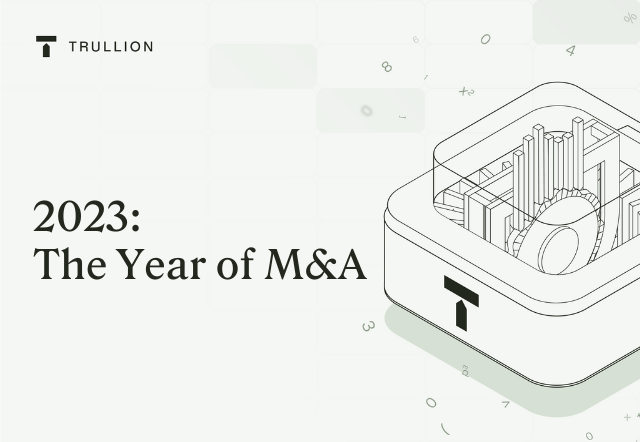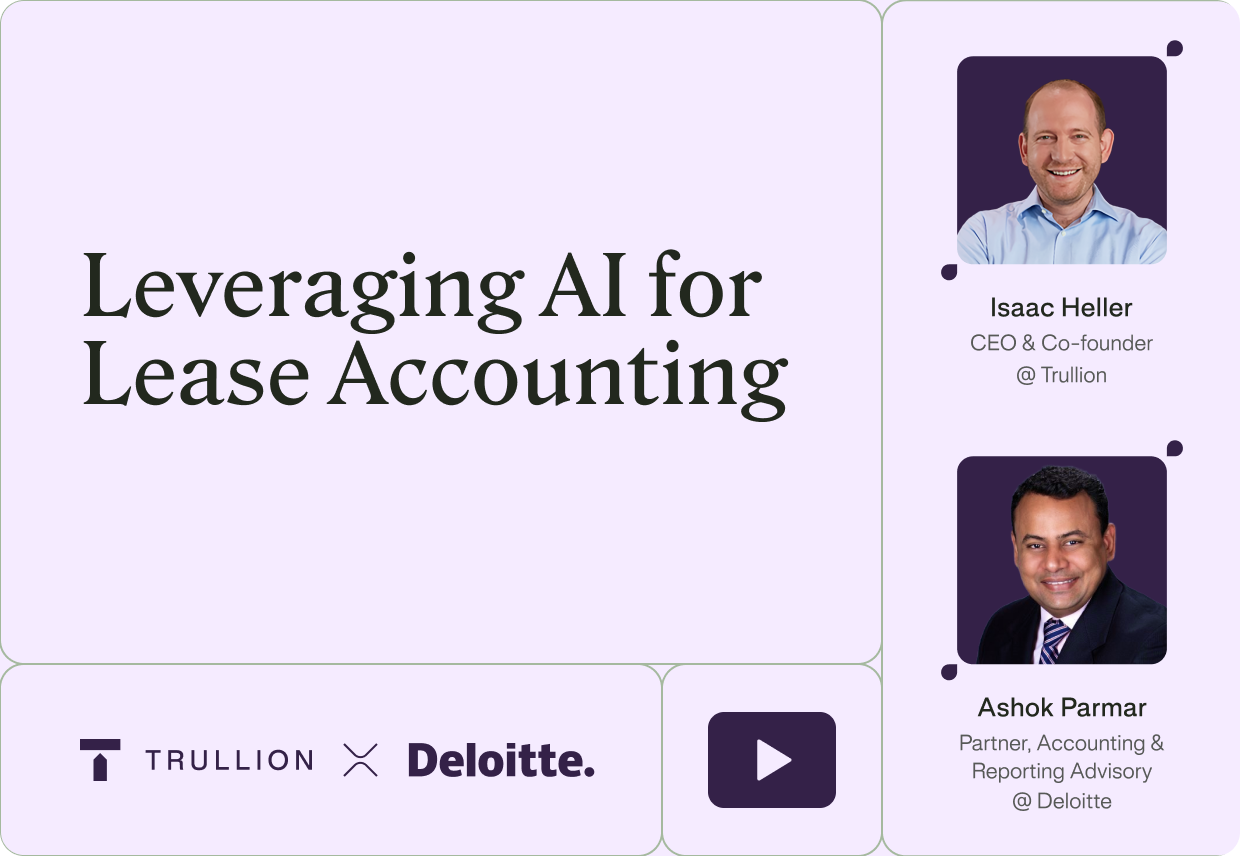After the highs of a sensational 2021, Mergers & Acquisitions activity cooled significantly in the second half of 2022. This activity has picked up again in the first half of 2023 which has the potential to be yet another record-breaking year.
In this article, we’ll explore the following contributory factors that help explain a recent surge in M&A activity, and that also points to a strong H2 for the sector:
Consolidation during a tough economic environment
Inflation, rising interest rates, banking collapses, and other factors have driven some to consider a mild recession increasingly likely. Industries such as wealth management are experiencing a period of consolidation, with smaller firms being acquired by larger players in the space. This is happening in many other industries as companies maneuver to weather the economic turbulence.
The reopening of China’s economy
After pursuing a Zero-Covid strategy, China continues opening up and ramping up production across a host of industries. Especially when it comes to sectors such as electric vehicles (EVs), there is expected to be much M&A activity as businesses contend with market forces, as well as with competition. Zhou Hao, head of Bain & Company’s Greater China private equity and M&A practice, notes that “Facing difficulties in achieving organic growth, 80% of the business executives surveyed said their growth strategy would focus on M&As.”
Activist shareholders
Morgan Stanley predicts that uneven performance among companies will stoke shareholder activism and push for efficiencies, including those to be found in M&A deals. This could be in unloading non-core business units or acquiring new businesses with a view to driving inorganic growth.
Strong balance sheets to drive M&A activity
Many companies are approaching this era of economic volatility with strong balance sheets on the back of superlative performances in 2021 and the first half of 2022. This will enable them to make additive acquisitions in their core businesses, especially in the current climate of lower valuations. For those that have ‘dry powder’ to play with, there are opportunities for investment that favor M&A activity.
The challenges and complexities of the M&A process: how technology can help
The M&A process is fraught with uncertainty. Due diligence seeks to reveal and clarify mutual holdings, financials, and so forth, but the prioritization of speed in closing a deal can often leave a measure of risk and uncertainty around the granular details. No side knows the exact cards that the other is holding, and no one can predict the end result of the negotiations. There are a number of challenges to overcome – and happily, there are now technological tools available to address many of these challenges. We’ll look at some of these in more detail.
Challenge #1: Predicting outcomes
Background
Most M&A deals are entered into in order to increase market share, capture synergies talent or know-how, or secure other long-term benefits. Some M&A activity might simply be focused on removing competition from the marketplace at a time when it is relatively cost-effective to do so. However, predicting the actual value created is extremely difficult. Often, these benefits either don’t materialize or are a lot smaller than initially envisaged.
Tools available:
Human beings can create complex models that seek to predict outcomes, given a variety of inputs. These pale in comparison to the power that AI has to predict outcomes more accurately, based on millions of data points, many of which might not even seem relevant to a human analyst. By applying AI and machine learning, dealmakers can more accurately predict the results of an M&A and by extension a more accurate way to price the deal.
Challenge #2: Due diligence
Background
Just gathering the documentation for carrying out a due diligence assessment is daunting – with the information required from every department, from finance and legal to HR and IT. Then there’s the challenge of centralizing and storing this information in a way that’s easily accessible and not overwhelming. Communication also needs to be streamlined; instead of endless email chains, there should be one source of truth that is held in the virtual data room – a shared repository of discovery documentation for the parties to access and evaluate in mutual good faith.
Tools available:
To some degree, virtual deal rooms or “VDRs” have solved this issue. Instead of miles-long Excel lists or complicated drive structures, VDRs enable a checklist-type approach combined with elements of project management tools, as well as a central repository to store actual files. This means that every important document is on file, easily accessible in the right place, and available to all parties at all times. This cuts down on communication gaps and significantly boosts the efficiency of the process.
Challenge #3: Accuracy of information
Background
Information needs to be accurate to be of use. There is a natural temptation when negotiating an M&A deal to downplay or inflate certain numbers. Sometimes there are inaccuracies due to hidden costs that were not taken into account in error – such as unanticipated expenses – while sometimes inaccuracies are the result of wilful intent or just a disorganized finance department.
Tools available:
From the buy-side, there is usually a 3-5 year window of financial information that the acquiring party will want to see. This can include tax returns, financial statements, and credit reports. Verifying the accuracy, validity, and assumptions underpinning these reports is a challenge. In most cases, the majority of these documents will have been audited, with the auditors most likely expressing a favorable opinion. Having your own team comb through these documents looking for trends or anomalies is important; however, having AI and machine learning perform this task will result in a more accurate result in a shorter time frame.
The benefits of technology in the M&A process
The technologies referenced above – virtual data rooms, analytics tools leveraging AI and machine learning, automation, project management software, and others – provide numerous benefits. These include:
- One single source of financial truth
- Accessibility and transparency for all stakeholders
- Increased efficiency
- Reduced costs
- The removal of ambiguity
- Quicker decision making
- Increased accuracy
- Less repetitive manual (re)work
- Identifying items of note that would be otherwise undetectable, including potential red flags
- Unearthing previously unseen areas of value
By incorporating automated tools, both parties to a transaction can reduce uncertainty, as well as the time and other resources needed to complete the deal.
Practical advice for companies looking to leverage technology in their M&A activities
Some practical tips and advice to companies looking to leverage technology for their M&A activities include:
Choose your tech stack wisely
Don’t get locked into heavy, legacy tools that end up requiring more time and effort just to manage than actually providing any benefit. With modern SaaS-based solutions, technology should serve you – not the other way around.
Develop clear processes and procedures
Trying to manage an M&A process haphazardly can quickly spiral out of control, or worse – take so long as to invite competing interests to upend the deal. Having processes and procedures in place – and preferably using a project management tool – will ensure structure, and predictability, and thereby increase the chances of a smooth deal process. Experienced deal makers will split the process into phases – from initial strategy and goals, and forming the executive committee, to target screening, due diligence, transaction execution and finally integration.
Leverage the expertise of third-party providers
One of the benefits of third-party providers is that they’ve done it before. They’ve seen successful deals, and they’ve seen deals fall apart, so they are aware of the pitfalls and opportunities inherent in the process. Generally, they are a value-add to the process and offer their expertise to the benefit of everyone involved.
The challenges associated with technology in M&A
There are of course risks and challenges associated with the leveraging of technology in M&A deals (as with any area of business), particularly when it comes to cybersecurity and data privacy concerns. Data breaches in recent years have shown that even ostensibly robust platforms can be vulnerable, and new data privacy regulations require careful adherence, especially when it comes to sharing data across borders.
In order to manage these risks, demand that your technology providers adhere to the highest levels of security and privacy – with certifications such as SOC2 or ISO27001, and GDPR compliance.
Technology leading the way in the year of M&A
Consistent with best technology practices for M&A deals, Trullion is built around the key technology pillars that make doing business today better:
- A secure and centralized, single source of truth for all stakeholders
- Complete transparency of information with a full audit trail
- Leveraging the best of Artificial Intelligence and Machine Learning
- Lightweight, easy to navigate, and use
- Integrates seamlessly with your tech stack
- Highest levels of data security and privacy
With M&A activity set to increase significantly, and technology playing a major role in facilitating deals, technology providers like Trullion are also set for a year of major growth. To learn more about Trullion’s AI-powered platform, get in touch.










